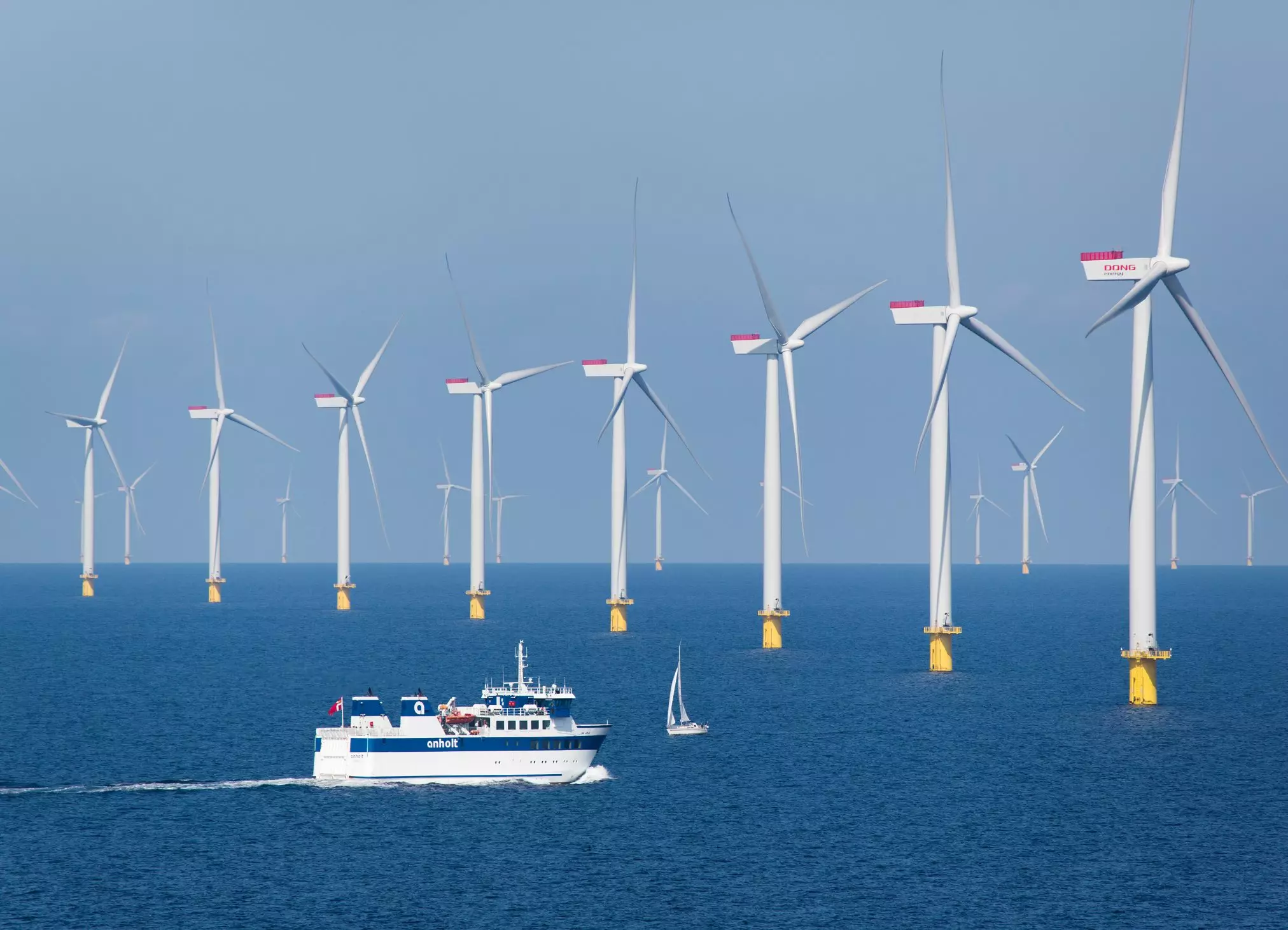Every year bp produces a report that analyzes the state of the energy markets, the “ bp Statistical Review of World Energy “. As might be expected, what has now been published for the year 2020 reveals the “dramatic impact that the global pandemic has had on energy markets”.
Primary energy consumption and carbon emissions from energy consumption recorded the fastest decline ever since World War II (1939-1945).
Renewable energies, on the other hand, continued their trajectory of strong growth, with emphasis on wind and solar energy, which had their highest annual growth.

Main world highlights
In 2020, primary energy consumption dropped 4.5% — the biggest drop ever since 1945 (the year the Second World War ended). This decline was mainly driven by oil, which accounted for around three-quarters of the net decline.
Natural gas prices fell to multi-year lows; however, the share of gas in primary energy continued to increase, reaching a record high of 24.7%.
Wind, solar and hydroelectric production registered increases, despite the drop in global energy demand. Wind and solar capacity increased to a whopping 238 GW in 2020 — more than 50% of any other period in history.

By country, the United States of America, India and Russia witnessed the biggest drops in energy consumption in history. China recorded its highest growth (2.1%), one of the few countries where energy demand increased last year.
Carbon emissions from energy consumption dropped 6% in 2020, the biggest drop since 1945.
Spencer Dale, Chief Economist at bp“For this report – as for many of us – 2020 will be marked as one of the most surprising and challenging years ever. The confinements that have continued across the world have had a dramatic impact on energy markets, particularly for oil, whose transport-related demand has been crushed.”
“What is encouraging is that 2020 was also the year for renewables to stand out in global energy production, recording the fastest growth ever – driven largely by the cost associated with producing energy from coal. These trends are precisely what the world needs to face its transition to carbon neutrality – this strong growth will give more space to renewables compared to coal”
In Europe
The European continent also reflects the impact of the pandemic on energy consumption — primary energy consumption fell by 8.5% in 2020, reaching the lowest levels ever since 1984. This was also reflected in the 13% drop in CO2 emissions generated from energy consumption, which marks its lowest value since at least 1965.Finally, the consumption of oil and gas also fell, with drops of, respectively, 14% and 3%, but the biggest drop was registered at the level of coal (which fell by 19%), whose share fell to 11%, lower for the first time to renewables, which is 13%.
70 years of bp Statistical Review of World Energy
First published in 1952, the Statistical Review report has been a source of objective, comprehensive information and analysis that helps industry, governments and analysts better understand and interpret developments taking place in global energy markets. Over time, it has provided information on the most dramatic episodes in the history of the World Power System, including the Suez Canal crisis of 1956, the Oil Crisis of 1973, the Iranian revolution of 1979, and the Fukushima disaster of 2011.
Other highlights
PETROLEUM:
- The average price of oil (Brent) was $41.84 per barrel in 2020 – the lowest since 2004.
- World demand for oil fell by 9.3%, with the biggest drop recorded in the United States of America (-2.3 million b/d), Europe (-1.5 million b/d) and India (-480 000 b/d). China was practically the only country where consumption grew (+220,000 b/d).
- Refineries also registered a record drop of 8.3 percentage points, standing at 73.9%, the lowest level since 1985.
NATURAL GAS:
- Natural gas prices registered multi-year drops: the average price of the North American Henry Hub was $1.99/mmBtu in 2020 – the lowest since 1995 – while natural gas prices in Asia (Japan Korea Marker) registered the lowest level ever, reaching its record low ($4.39/mmBtu).
- However, the share of natural gas as primary energy continued to rise, reaching a record high of 24.7%.
- The supply of natural gas grew 4 bcm or 0.6%, below the average growth recorded in the last 10 years, of 6.8%. The supply of natural gas in the US grew 14 bcm (29%), partially offset by the decreases seen in most regions, such as Europe and Africa.
COAL:
- Coal consumption fell by 6.2 ex joules (EJ), or 4.2%, driven by assisted falls in the US (-2.1 EJ) and India (-1.1 EJ). Coal consumption in the OECD has reached its lowest level historically, according to information collected by bp dating back to 1965.
- China and Malaysia were notable exceptions as they recorded an increase in coal consumption of 0.5 EJ and 0.2 EJ, respectively.
RENEWABLES, WATER AND NUCLEAR:
- Renewable energies (including biofuels, but excluding hydro) grew by 9.7%, at a slower pace than the average growth of the last 10 years (13.4% per year), but with absolute growth in energy terms (2.9 EJ), comparable to the growths seen in 2017, 2018 and 2019.
- Solar electricity grew to record 1.3 EJ (20%). However, wind (1.5 EJ) contributed the most to the growth of renewables.
- Solar power generation capacity increased by 127 GW, while wind power grew by 111 GW — almost doubling the highest level of growth previously recorded.
- China was the country that most contributed to the growth of renewables (1.0 EJ), followed by the USA (0.4 EJ). As a region, Europe was the one that most contributed to the growth of this sector, with 0.7 EJ.
ELECTRICITY:
- Electricity production fell by 0.9% — a sharper drop than that recorded in 2009 (-0.5%), the only year, according to bp's data record (starting in 1985), which witnessed a decrease in demand for electricity.
- The share of renewables in energy production rose from 10.3% to 11.7%, while coal dropped 1.3 percentage points to 35.1% — a further decline in bp's records.
